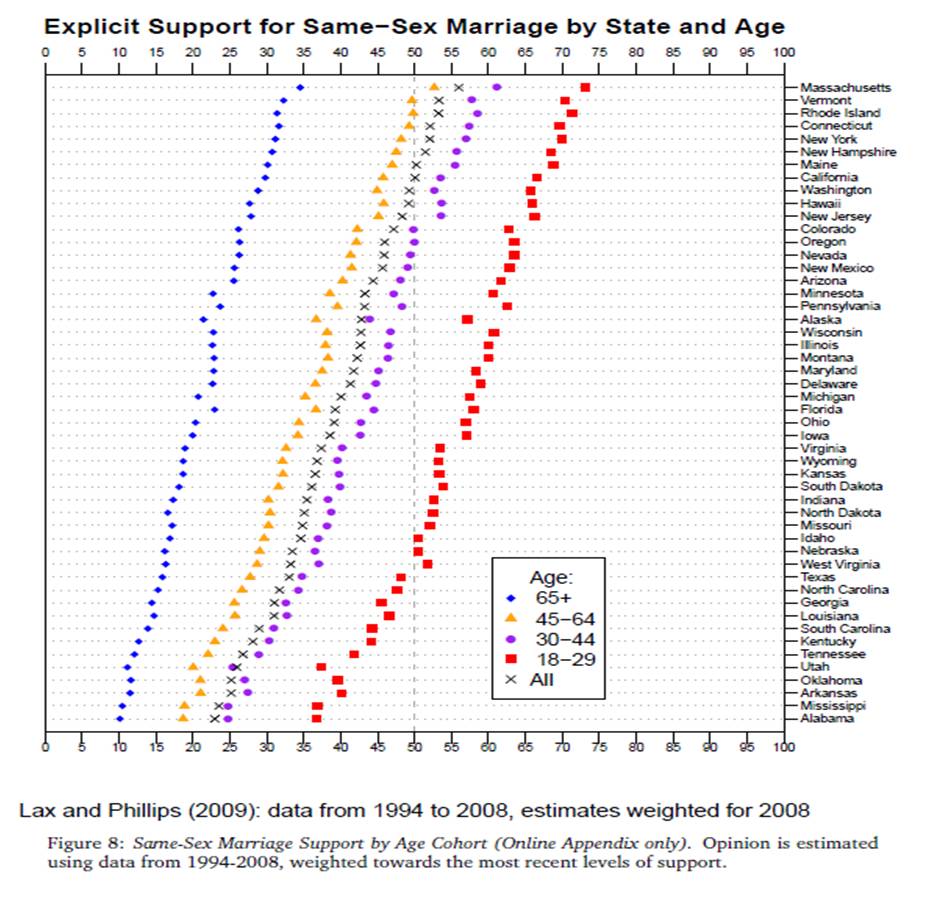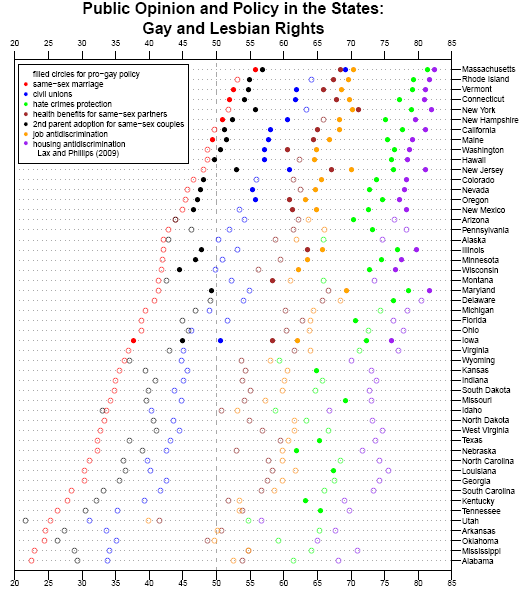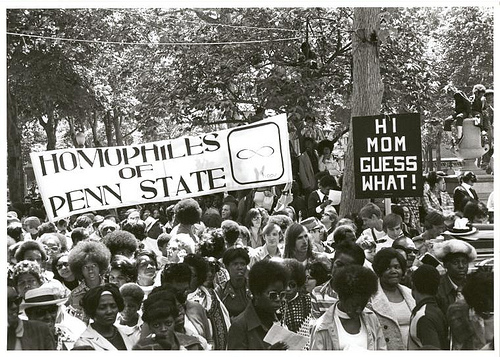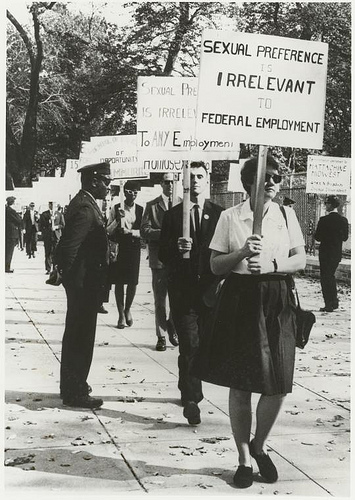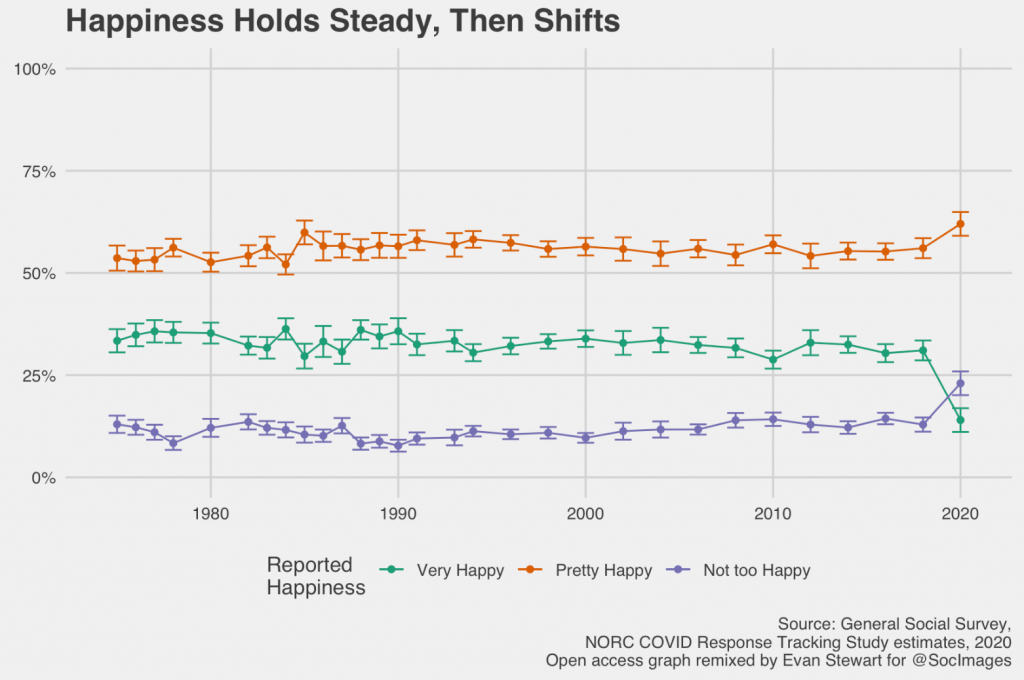The figure below, borrowed from Good via Graphic Sociology, is a great example of the way that social problems are not given or automatic, but must be made. It shows that, in 1998, gay marriage was not largely a social issue that needed to be addressed at the state level. Only Alaska had taken a stand on gay marriage.

Somehow gay marriage became a threat. And, by 2004, many states had passed resolutions making it illegal. Note that they needed to do so specifically because the possibility of legal gay marriage had gained support for the first time in (recent?) U.S. history. This was, essentially, a backlash against gay marriage that proved that pro-gay marriage initiatives were gaining ground, even as states moved to counter them.
The backlash continues through 2009, with a handful of states saying “yes” to gay marriage, creating a conflict that simply did not exist in 1998.
This is a great example of how social “problems” are socially constructed. Social processes, like activism and media attention, affect what issues gain the attention of the day, whether that be homelessness, nuclear power, teen pregnancy, global warming, or same-sex commitment.
The figure also reminds us that all of those anti-gay marriage laws can be interpreted as progress for the pro-gay marriage effort. The laws prove that gay marriage is on the agenda.
Lisa Wade, PhD is an Associate Professor at Tulane University. She is the author of American Hookup, a book about college sexual culture; a textbook about gender; and a forthcoming introductory text: Terrible Magnificent Sociology. You can follow her on Twitter and Instagram.

